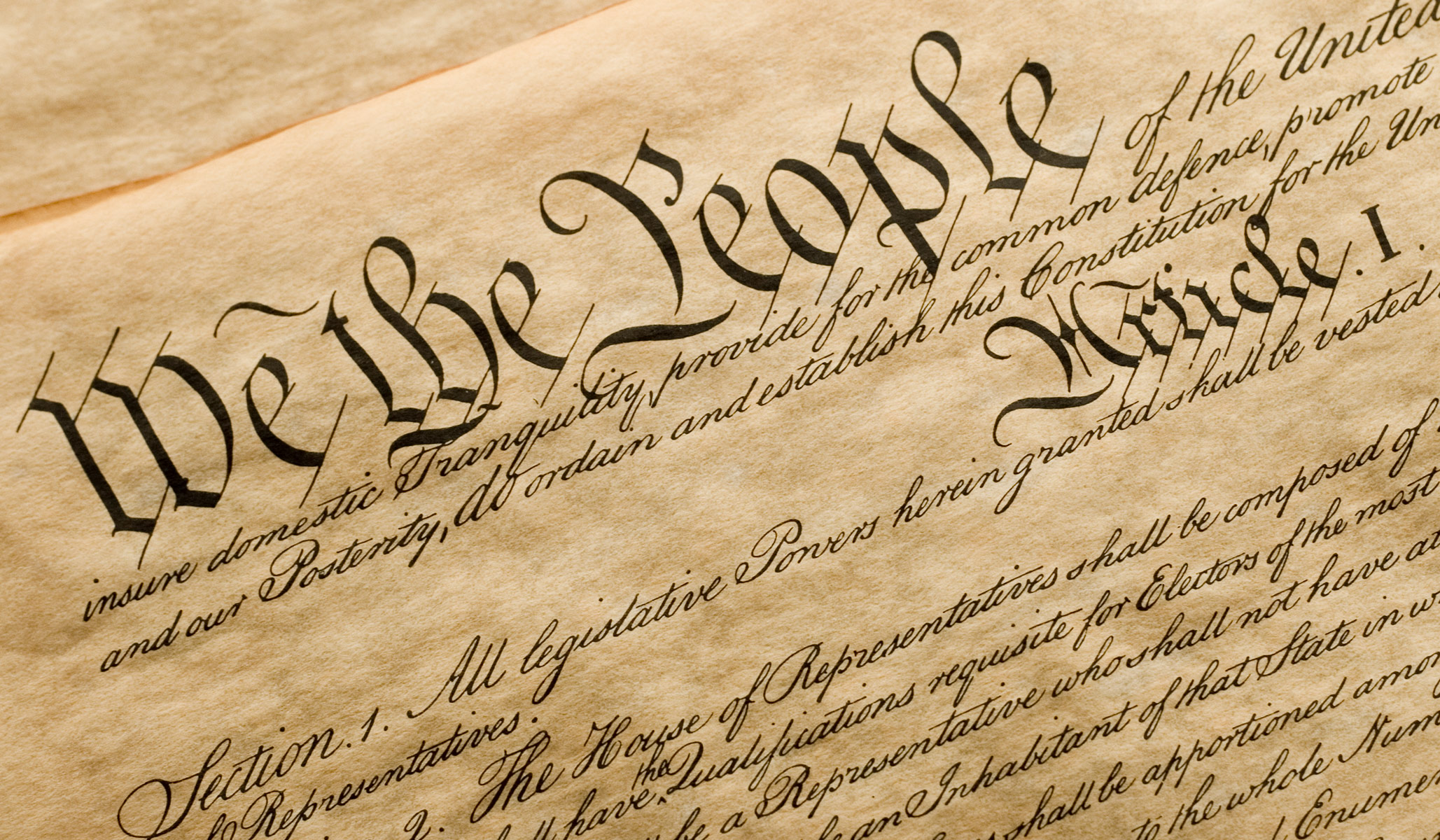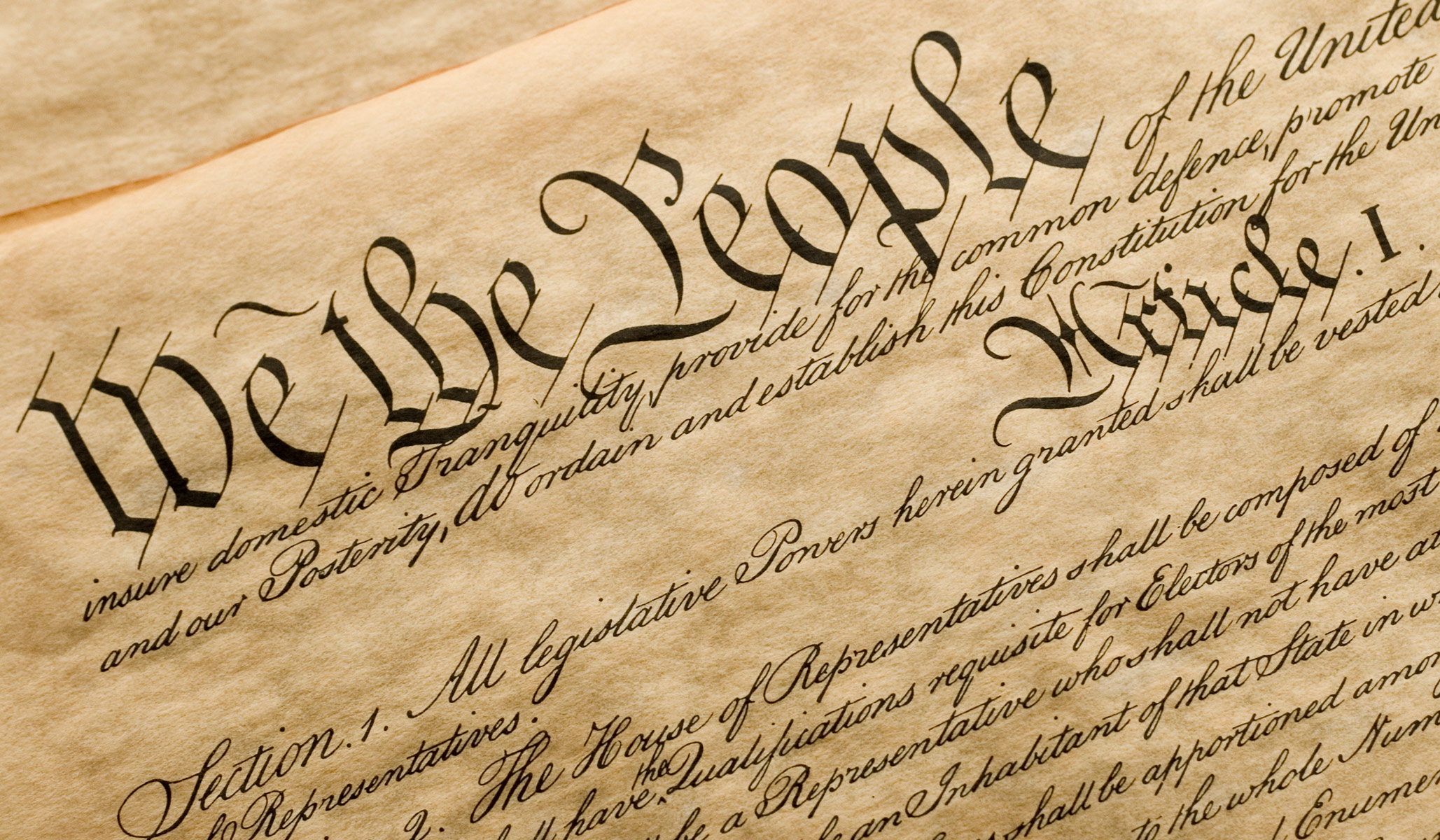
1975—President Gerald Ford nominates Seventh Circuit judge John Paul Stevens to fill the Supreme Court seat vacated by retired Justice William O. Douglas.
Not long before his death at the end of 2006, Ford will rashly state that he is “prepared to allow history’s judgment” of his presidency to rest exclusively on his appointment of Stevens—and that he specifically agrees with Stevens’s extreme positions on the Establishment Clause. But Ford’s actions belie his words, for (as this essay of mine explains) his own funeral ceremony at National Cathedral that he so carefully planned could never have taken place as it did—and probably could not have occurred at all—if Stevens’s radical secularist misreading of the Establishment Clause were governing law.
2016—In what Fourth Amendment expert Orin Kerr will critique as yet another “very unpersuasive” opinion, magistrate judge James Orenstein rejects the government’s application for a search warrant on the spurious ground that the target of the search had consented to the search. Orenstein, Kerr observes, is “a leader in the Magistrate’s Revolt, a small group of federal magistrate judges who have often come up with unexpected theories to reject court-order applications in computer search and surveillance cases.”

